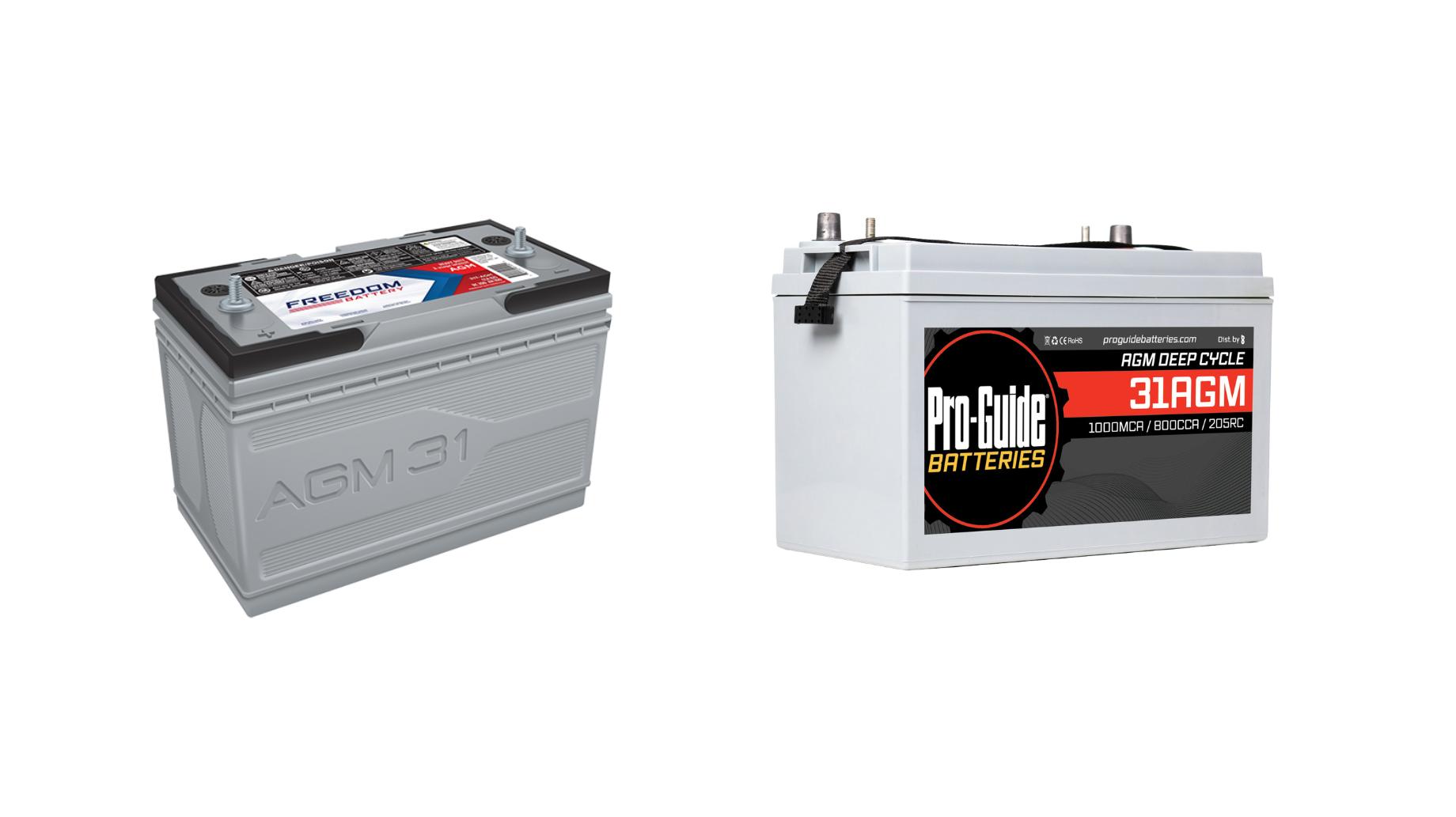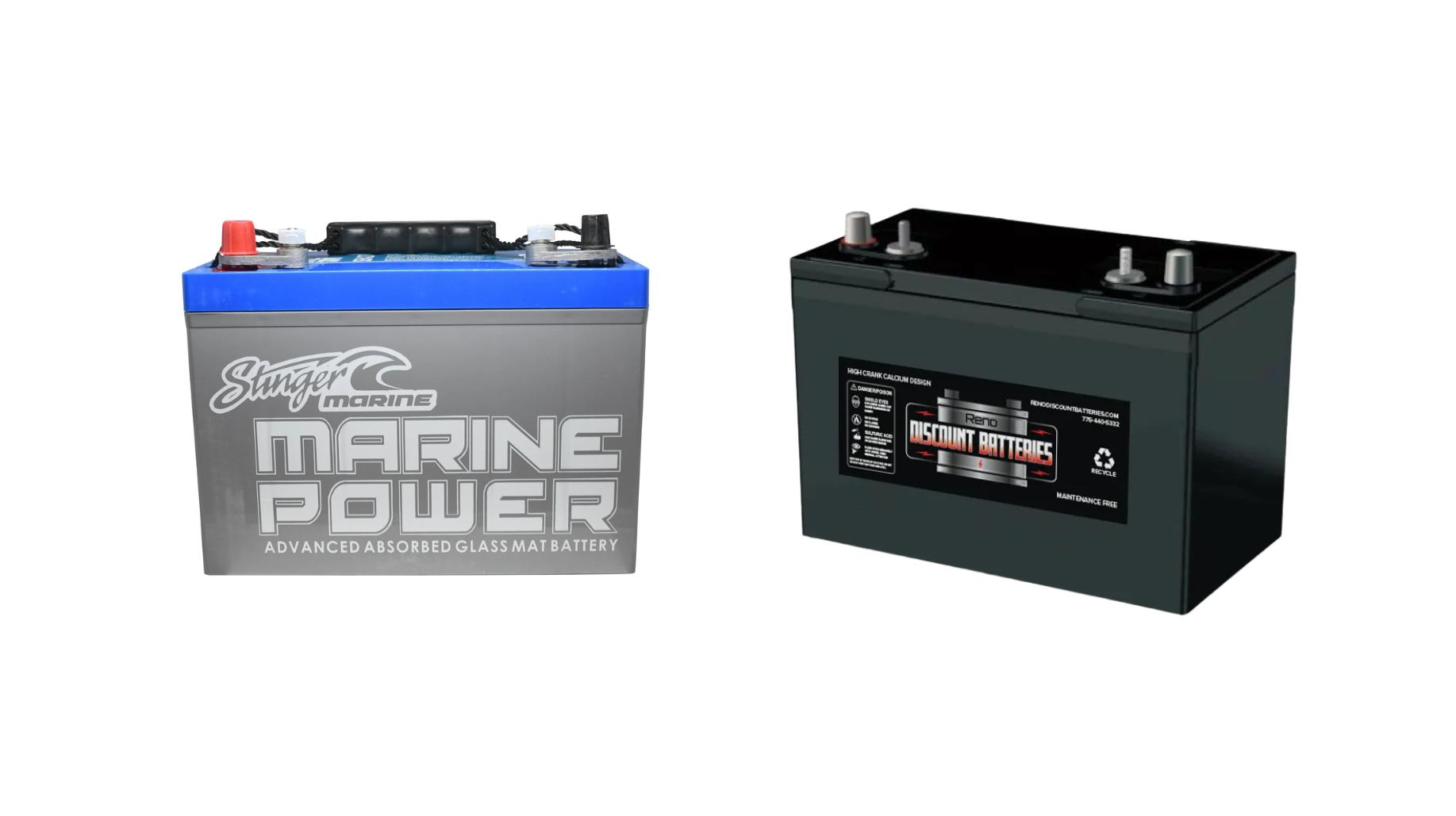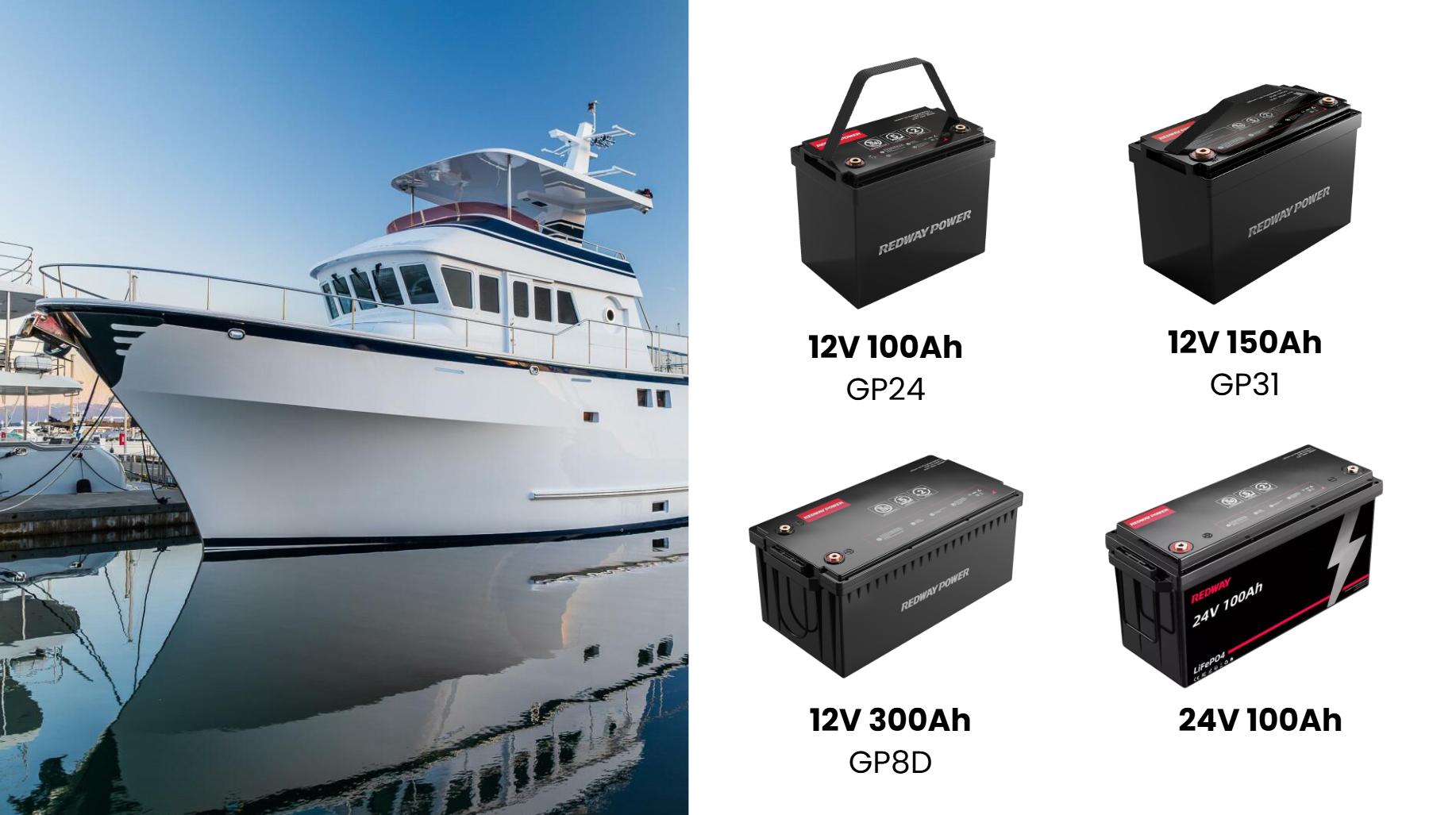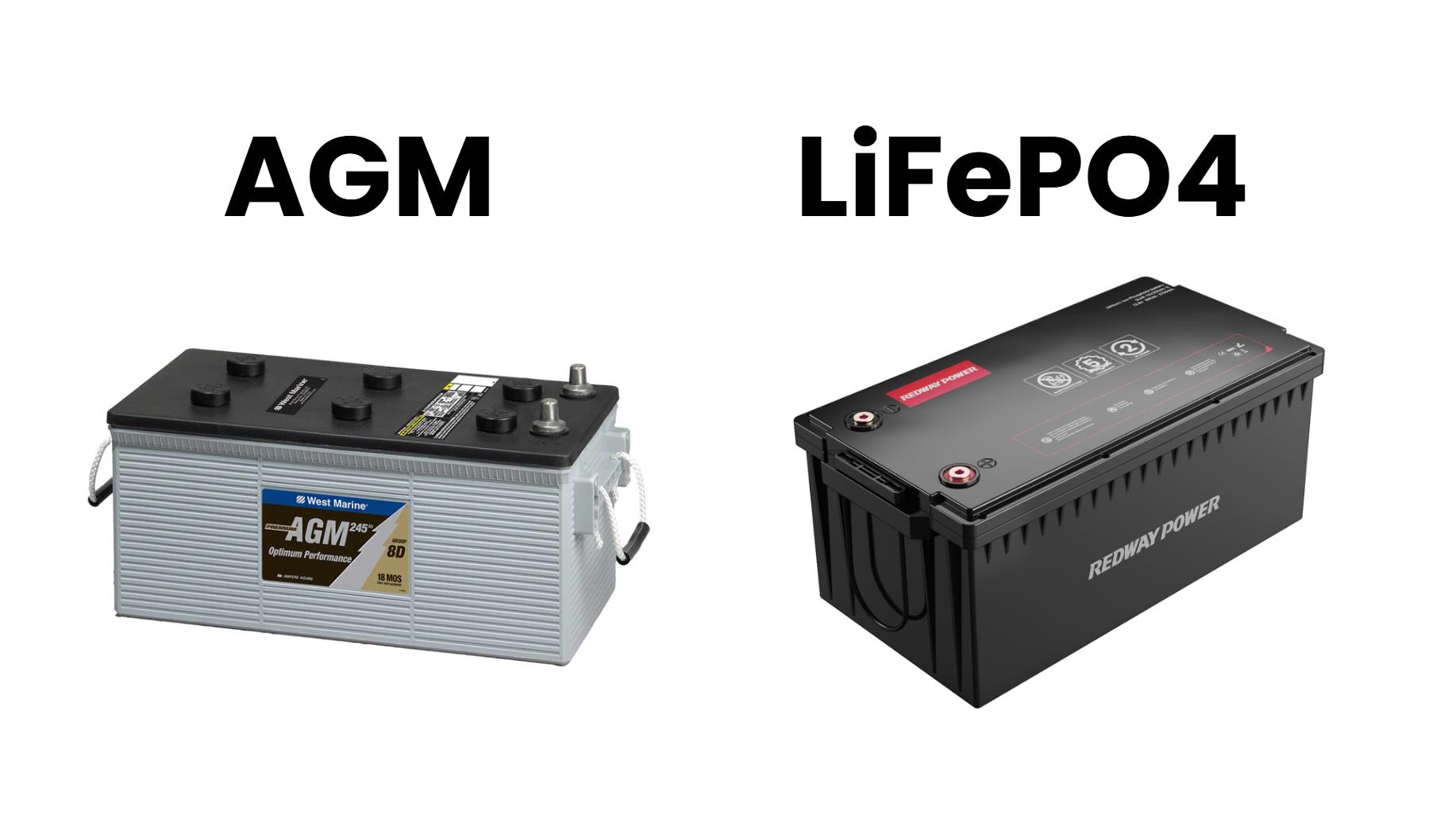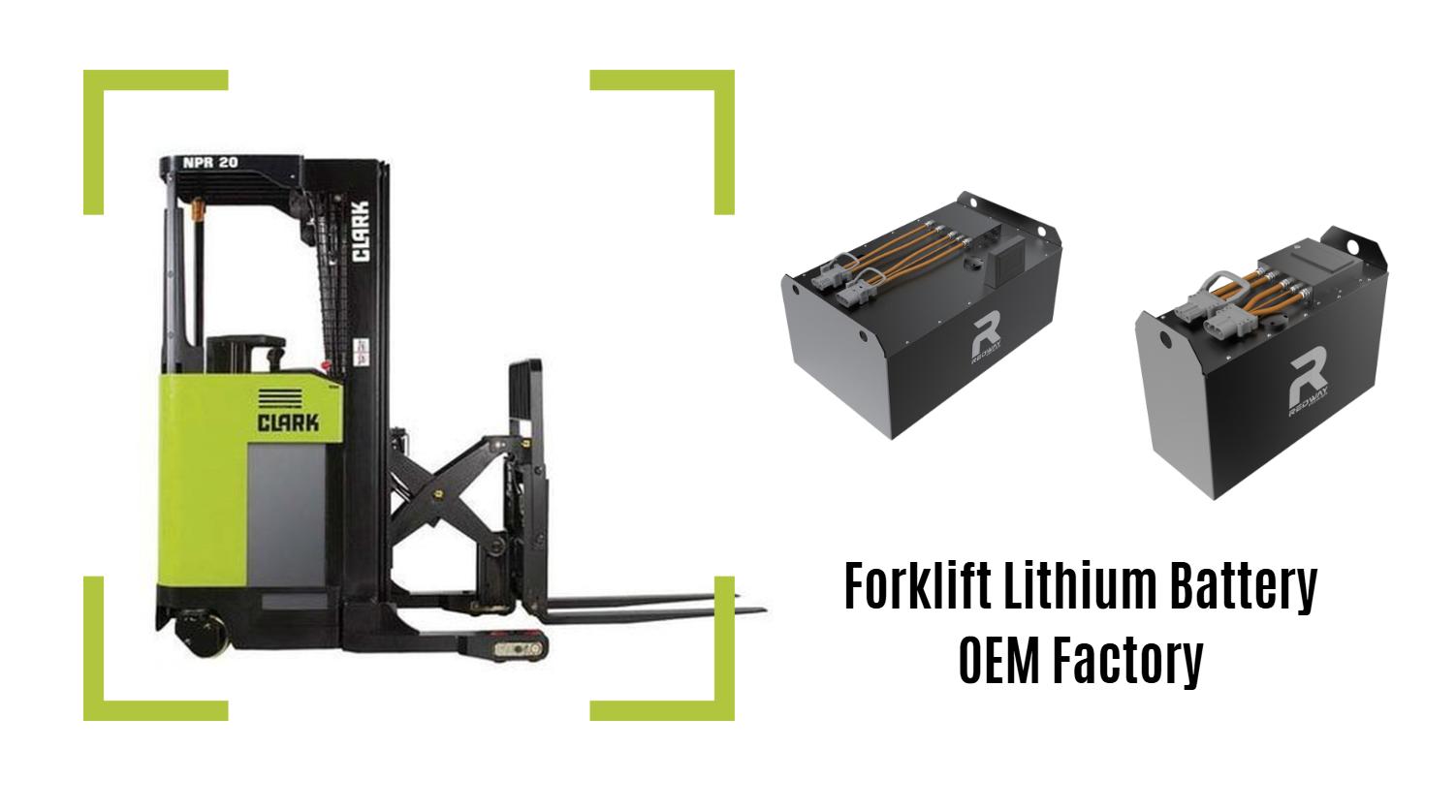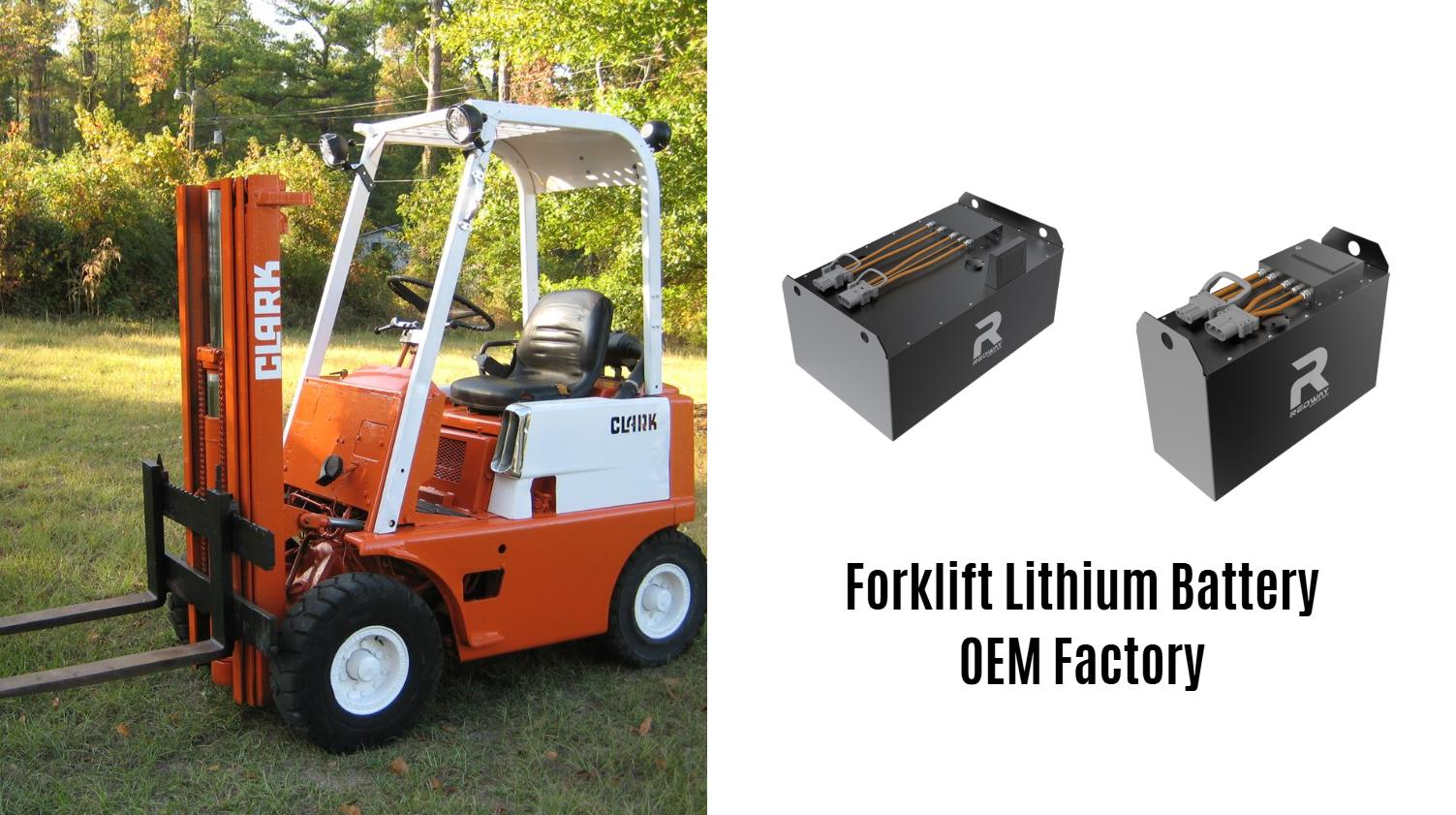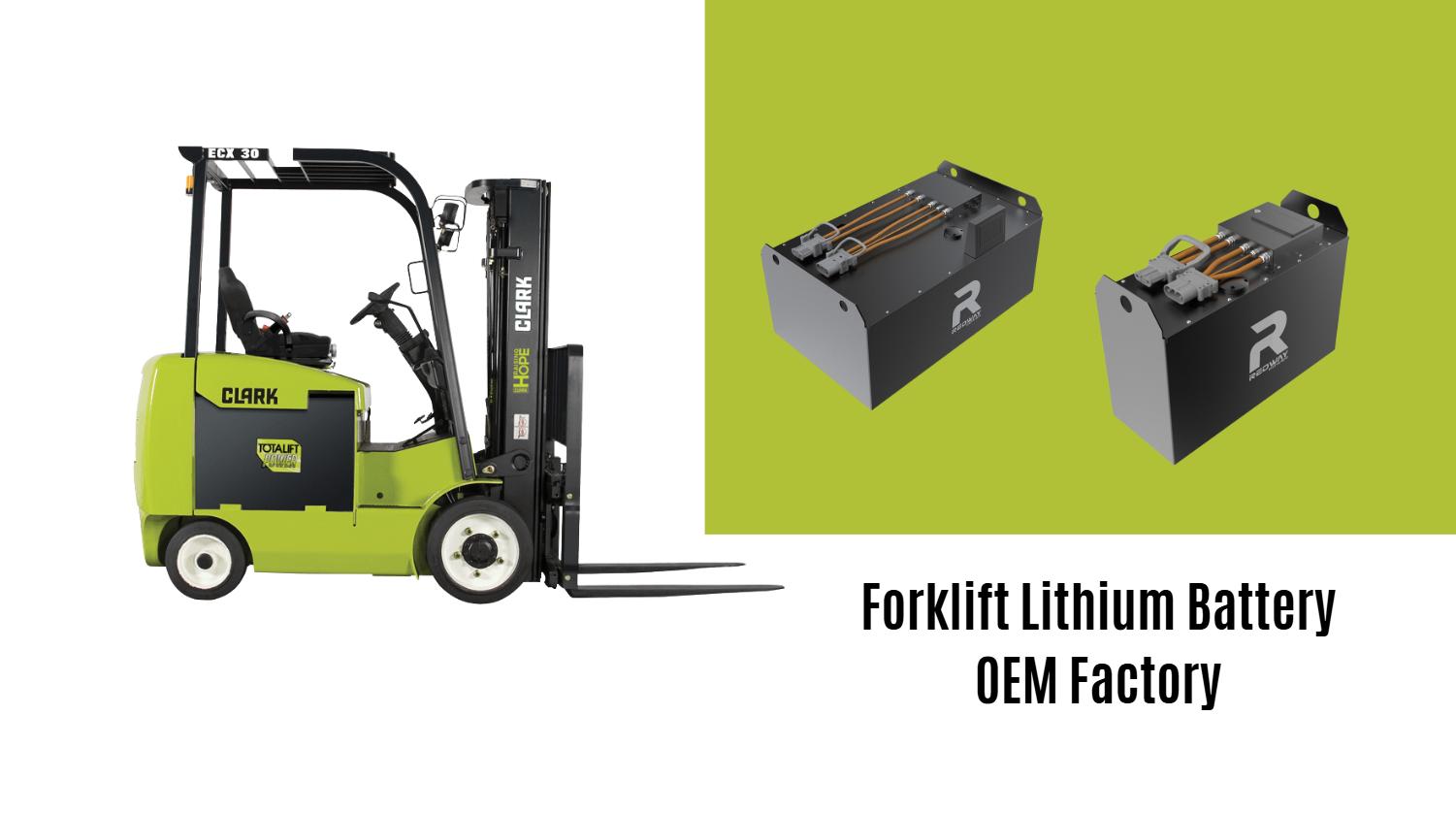What Is a Lithium Ion Marine Battery and Why Choose It?
A lithium-ion marine battery is a rechargeable power source designed for marine applications, using lithium-ion chemistry for high energy density, lightweight performance, and long cycle life. Unlike traditional lead-acid batteries, they provide consistent power, faster charging, and resistance to vibration, making them ideal for boats, yachts, and offshore systems.
How Do Lithium Ion Marine Batteries Work?
Lithium-ion marine batteries operate by moving lithium ions between electrodes during charging and discharging. This process, facilitated by a stable electrolyte, ensures high efficiency (95-98%) and minimal energy loss. Built-in Battery Management Systems (BMS) monitor voltage, temperature, and current to prevent overcharging, overheating, and deep discharges, ensuring safety and longevity.
What Are the Advantages of Lithium Ion Marine Batteries?
Key advantages include:
– Weight Reduction: 50-70% lighter than lead-acid batteries.
– Longer Lifespan: 2,000-5,000 cycles vs. 500-1,000 for lead-acid.
– Faster Charging: 2-4 hours for full capacity.
– Maintenance-Free: No water refilling or equalization.
– Deep Discharge Capability: Can discharge up to 80-100% without damage.
Which Applications Suit Lithium Ion Marine Batteries?
They power electric trolling motors, navigation systems, onboard electronics, lighting, and hybrid/electric propulsion systems. Suitable for sailboats, fishing vessels, luxury yachts, and commercial ships requiring reliable, long-lasting energy in harsh marine environments.
How to Maintain a Lithium Ion Marine Battery?
– Store at 50% charge if unused for extended periods.
– Avoid temperatures below -20°C or above 60°C.
– Use compatible chargers with voltage limits set by the BMS.
– Regularly inspect terminals for corrosion and clean with a dry cloth.
What Safety Features Do Lithium Ion Marine Batteries Have?
Advanced BMS protects against short circuits, overcurrent, and thermal runaway. Fire-resistant casing and sealed designs prevent water ingress. UL, CE, and IEC certifications ensure compliance with international safety standards.
How Do Lithium Ion Batteries Compare to AGM or Gel Batteries?
Lithium-ion batteries outperform AGM/gel in energy density (150-200 Wh/kg vs. 30-50 Wh/kg), lifespan, and charge efficiency. While upfront costs are higher, their total cost of ownership is lower due to reduced replacement frequency and energy savings.
What Are the Environmental Benefits of Lithium Ion Marine Batteries?
They contain no toxic lead or acid, reducing hazardous waste. Higher efficiency lowers fuel consumption in hybrid systems, cutting CO2 emissions. Recyclability rates exceed 95% for lithium, cobalt, and nickel components.
Expert Views
“Lithium-ion marine batteries are revolutionizing maritime energy systems. At Redway, we’ve seen a 40% increase in adoption due to their reliability in extreme conditions. Their ability to integrate with solar and wind systems makes them a cornerstone for sustainable boating.” — Redway Power Solutions Marine Division
Conclusion
Lithium-ion marine batteries offer unmatched efficiency, durability, and environmental benefits for modern marine applications. Their advanced technology addresses the limitations of traditional batteries, making them the optimal choice for recreational and commercial users prioritizing performance and sustainability.
FAQs
Q: Can lithium-ion marine batteries handle saltwater exposure?
A: Yes, their IP67-rated casings resist corrosion and water ingress, even in saltwater environments.
Q: How long do lithium-ion marine batteries last?
A: Typically 8-12 years, depending on usage patterns and maintenance.
Q: Are they compatible with existing boat charging systems?
A: Most work with standard chargers, but a lithium-specific charger optimizes performance and lifespan.


